Description
1. Botanical Information
-
Botanical Name: Prosopis cineraria
-
Common Names: Shami, Khejri, Desert Mesquite
-
Family: Fabaceae
-
Type: Deciduous, drought-resistant tree
2. Origin & Distribution
-
Native To: Indian subcontinent, primarily in Rajasthan, Gujarat, Punjab, and Haryana
-
Widely found in arid and semi-arid regions; commonly used in agroforestry, landscaping, and reforestation projects.
3. Physical Characteristics
-
Height & Spread: Grows up to 15 meters tall with a broad, spreading canopy.
-
Leaves: Small, pinnate leaves that are green and feathery, reducing water loss in dry climates.
-
Flowers: Yellowish-green, fragrant flowers that bloom in clusters, usually in spring.
-
Fruits: Flat, elongated pods containing seeds; pods are edible for livestock.
-
Bark & Trunk: Rough, greyish-brown bark; strong woody trunk.
4. Growing Conditions
-
Light: Requires full sunlight for healthy growth.
-
Soil: Thrives in sandy, loamy, and well-draining soils; highly tolerant of poor soil conditions.
-
Watering: Extremely drought-tolerant; survives with minimal water once established.
-
Temperature: Prefers hot, arid climates; can withstand high temperatures and low rainfall.
-
Humidity: Can tolerate low humidity typical of desert regions.
5. Maintenance & Care
-
Pruning: Minimal pruning needed; remove dead or diseased branches to maintain health.
-
Fertilization: Benefits from organic compost during early growth; mature trees rarely need fertilization.
-
Pests/Diseases: Highly hardy; few pest or disease problems.
-
Propagation: Propagated through seeds or seedlings.
6. Uses & Benefits
-
Environmental Benefits: Excellent for soil conservation, afforestation, and combating desertification; fixes nitrogen in soil.
-
Cultural & Religious Significance: Sacred tree in India; worshipped during festivals like Dussehra.
-
Medicinal Uses: Leaves, bark, and gum used in traditional medicine for fever, digestive disorders, and skin problems.
-
Livestock & Agroforestry: Pods and leaves provide fodder for animals; tree used for shade in farms.
7. Lifespan
-
Long-lived tree; can survive several decades, often over 50–60 years in arid conditions.

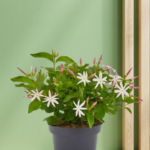
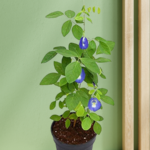
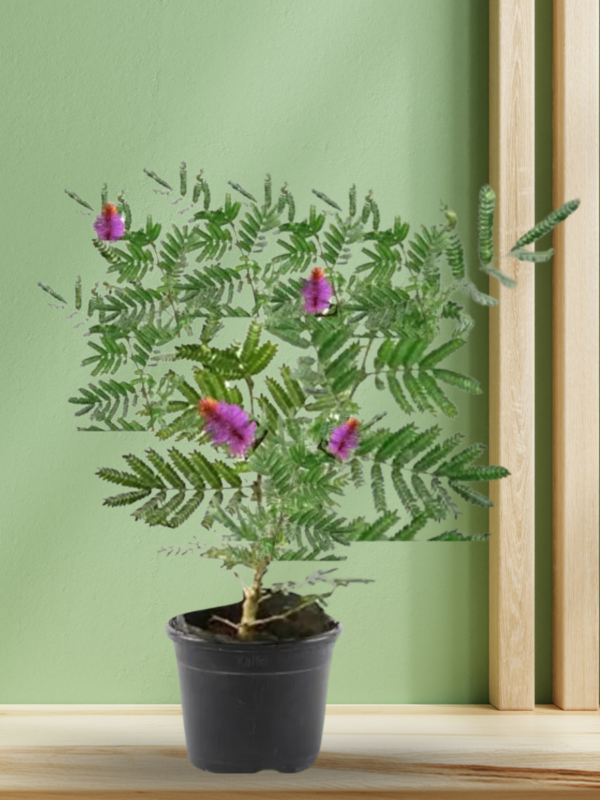
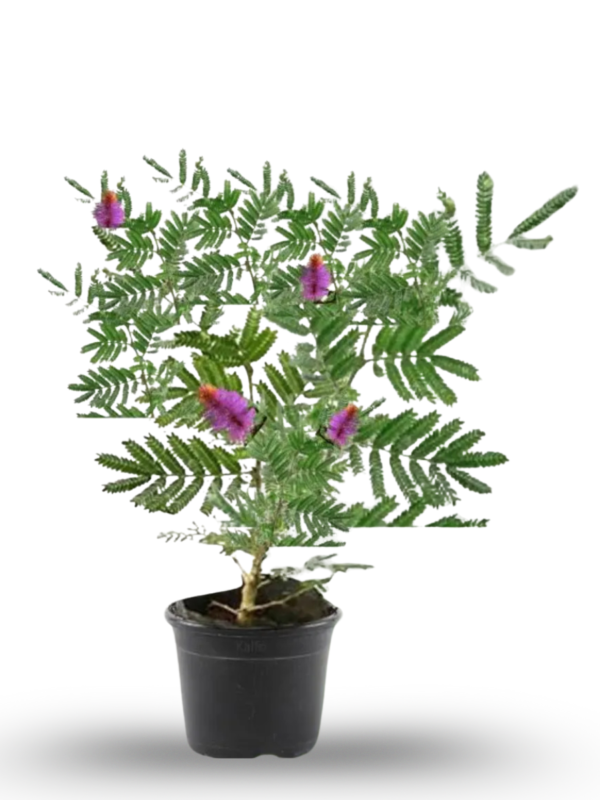
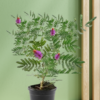
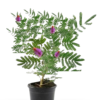

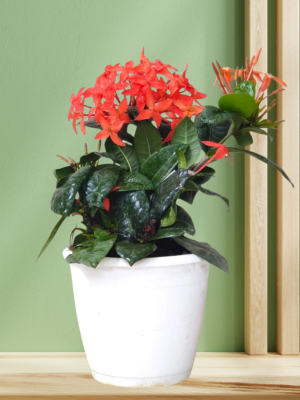
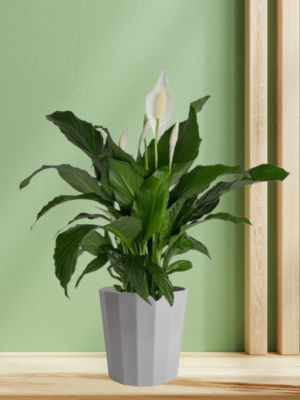
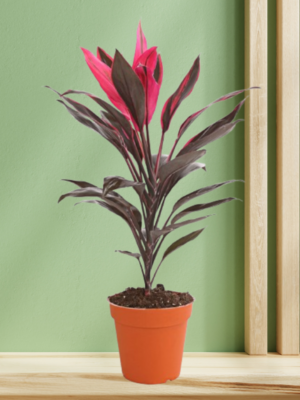
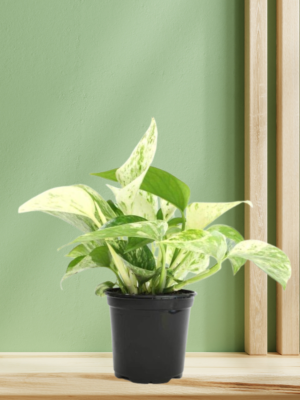 Money Plant
Money Plant 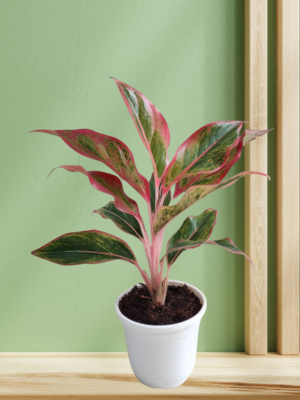 Agaonema pink
Agaonema pink 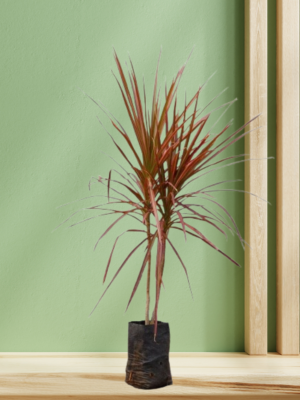 Dragon Dracaena
Dragon Dracaena 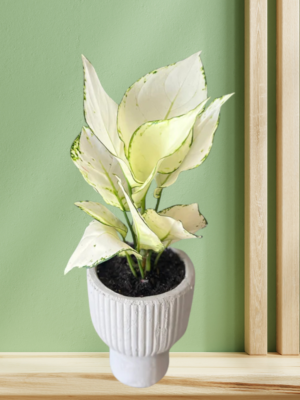 White Aglaonema
White Aglaonema 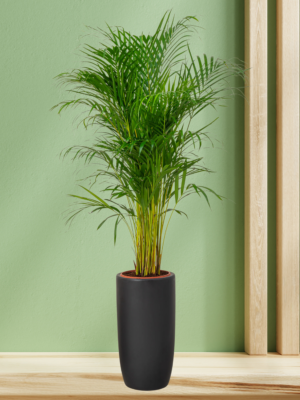 Areca Palm
Areca Palm 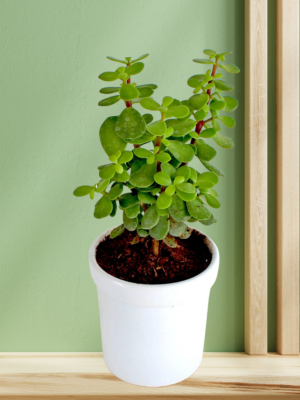 Crassula Plant
Crassula Plant
Reviews
There are no reviews yet.